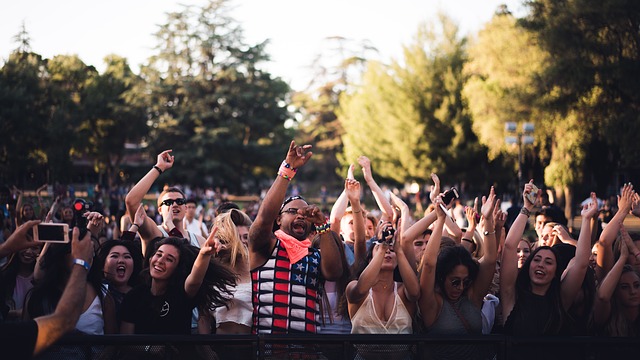If you are like me, you are probably sick of all the acrimony, blatant lies, nasty accusations, partisan rancor, and exaggerated rhetoric in politics today. Have we all lost our moral compass? Can we trust and believe anyone anymore? Can’t individual politicians simply do what’s right, and not just what their party demands? Well, in response to this increase in anger and negativity, there is a refreshing “morality-via-branding” trend emerging, where brand advertising is becoming more empathetic, providing a new port in this storm.
In his new book, #Republic: Divided Democracy in the Age of Social Media, Cass Sunstein discusses the need for shared information and diverse experiences to help guard against “fragmentation, polarization, and extremism,” which will make it easier to solve problems and govern in a heterogeneous society. People today live in separate worlds and obsessive “partyism” is on the rise. For example, in 1960 only 5% of Republicans and 4% of Democrats said they would be displeased if their child married outside their political party. But by 2010, this fixation with one’s own party had intensified–49% for Republicans and 33% for Democrats (both probably higher today). Sunstein encourages citizens to demand a culture of curiosity and openness, ideally using social media for people with divergent views to discuss issues.
With the rise in anger and mistrust of our politicians and institutions, more brands are reacting and addressing consumers’ anxiety about civility, inequality, and inclusivity by invoking empathy in their advertising. By definition “empathy” is all about the ability to experience the feelings of others. This line of moral and social consciousness is intended not only to counteract the harsh political abuses, but to also strengthen their emotional connection with customers, which is the hallmark of good branding.
Should brands react to today’s political controversies, or more importantly, do consumers want brands to respond this way? The answer is, apparently, yes. In a recent survey by J. Walter Thompson, 88% agreed that “corporations have the power to influence social change, and 78% agreed that companies should take action to address the important issues facing society.” And not surprisingly, millennials were more proactive in their attitudes. In short, people want and even expect brands to use their power to affect change.
No longer are brands simply playing it safe and being apolitical. Instead, brand positions on social issues are being shaped by public opinion, and are responding to a situation that finds Americans more politically empowered than ever before. The expectations people have for companies and brands help explain other trends on social causes–e.g. ethical sourcing, fair trade, and the rise of the B-corp. It also explains why empathy has become so popular, as it fits with the consumer desires for more brand authenticity and inclusivity that are shaping our culture at the moment.
Since the November 2016 election, there has been surge of new commercials that respond to consumers’ concerns and anxieties, often viewed as a repudiation of “Trumpism.” Here are a few examples of such advertising:
- Airbnb message during the Super Bowl that “no matter where you’re from…we all belong.” The world is more beautiful the more you accept.
- The Budweiser commercial that celebrates immigration.
- The Expedia spot that follows a woman around the world as she addresses refugees, and another celebrating the aiding of refugees.
- The Starbucks “Year of Good” TV spot that quantifies all the social good it did during 2016, from hiring 8,000 veterans to the funding of 300,000 ethicall0 sourced farms, with an entreaty to “Be Good to Each Other.”
- Kohl’s ads using an interracial, same-sex couple as their models.
- Mattel ads featuring a boy playing with a Barbie doll.
- Pepsi pulling their commercial that was interpreted as marginalizing the “Black Lives Matter” populist protest.
- Recently, all the brands (more than 60 so far) withdrawing their advertising from the Bill O’Reilly Show on Fox.
Social media is the main driving force behind these demands for social activism, especially by populist supporters. They are now demanding brands take sides on many divisive social and political issues, and are reaching a wide audience. For example, a Twitter account called Sleeping Giants has pressured brands into removing ads that appear on Breitbart News, the conservative news and opinion website with close ties to the Trump administration. Among the brands which have removed their ads are Kellogg’s, Warby Parker, and Allstate.
Indeed, the old adage that brands are judged by the company they keep, has forced many companies to review whether and how to articulate their position on such high-visibility issues, and what the implications (pros and cons) might be for preserving or ideally improving their brand integrity.



